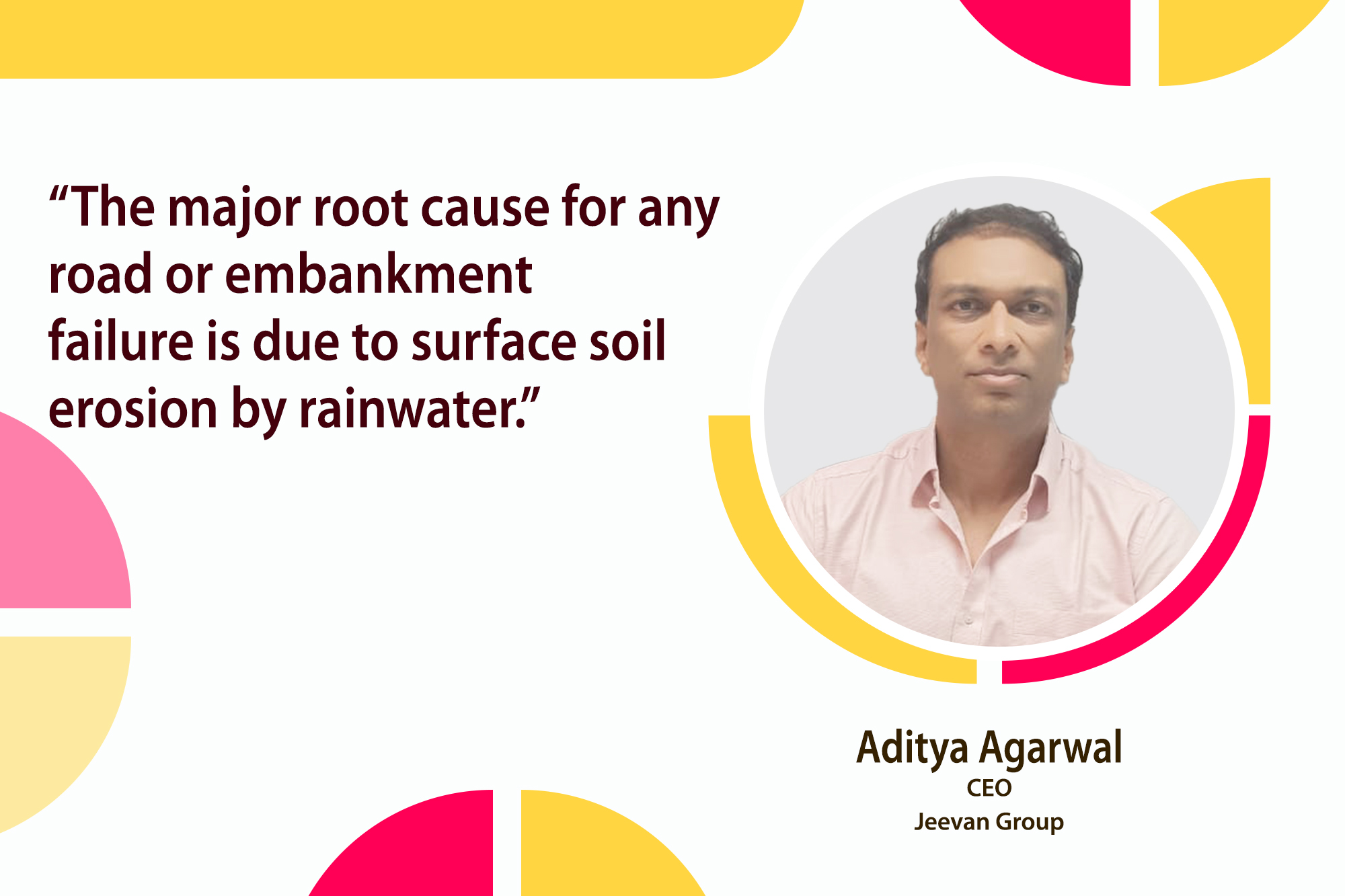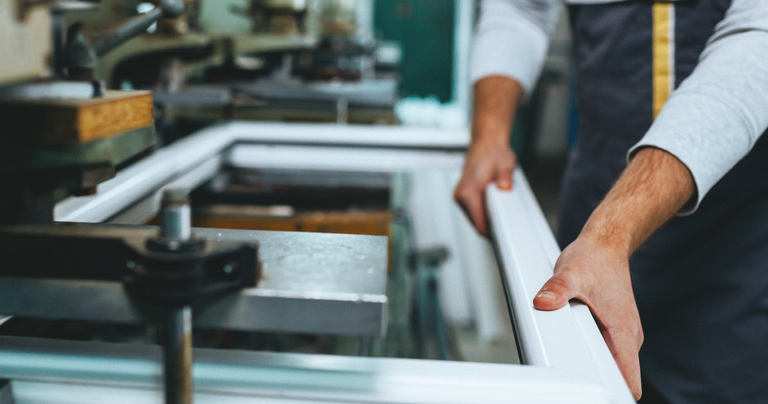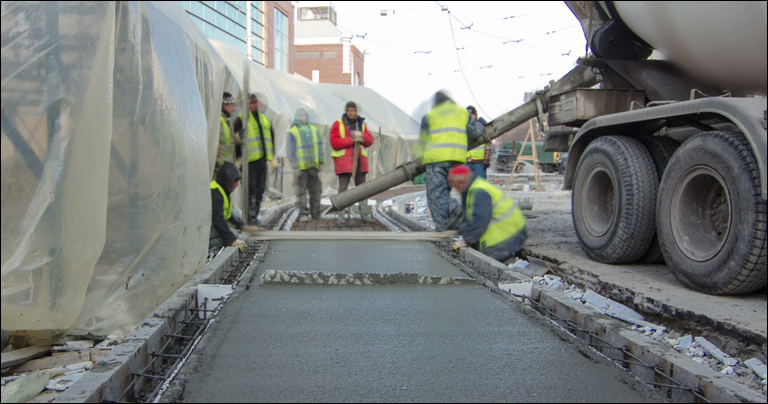10 best roofing materials for Indian climate
By Edit Team | September 20, 2016 12:11 pm SHARE

India is a country with warm climate. The heat and the UV rays cause damage to the roofing materials. Here, we take you through the materials that are considered best for roofing in India.
The Indian climate is considered to be warm than many western countries. Though the rainfall here is abundant, for most of the period, the temperatures remain warm. The extreme heat and the UV rays are the result of severe damage to the roofing materials and the products. There are some materials that can sustain these conditions and are also stylish. These can be installed by the professional roofing system providers. Here, we will take a look at the 10 best roofing materials for Indian climate.
1. Slate
The slate tile is the most common roofing materials and is suitable for almost all weather conditions. The robust nature of slate adds to the look of the dwelling. In addition to the robust nature, there are also lighter shades of slate that are available. These lighter shades prove a barrier to the excess heat that is absorbed in the house. The greater natural durability of slate reduces the maintenance requirement to a marginal level. All these points make slate one of the best roofing materials.
2. Terracotta
Terracotta roofing is common in countries where the temperature reaches new highs in the summer. The lighter colour of Terracotta makes it a preferable choice than other roofing materials. The lighter colour indicates that they absorb lesser heat. While baking, terracotta tiles are baked in either Kiln or other similar types of oven, making them harder and more capable of withstanding a wide range of weather conditions.
3. Concrete
tilesConcrete tiles are the best option when it comes to choosing the affordable roofing materials. Like terracotta, Concrete tiles remain unaffected by the hot weather. The main ingredients of concrete tiles are cement, sand and water. This makes the tiles robust and post baking, they are hard enough to be used as roof. Another benefit of concrete tiles is that the heat resistance can be increased. The tiles can be given a layer of some soothing colours that will reflect the light, reducing the heat absorbed.
4. Reflective metal roofing
There are times when durability has to take a back seat when one is selecting the best roofing materials. During such times, the materials that can reflect sunlight are just enough for the cause. The reflective material roofing is one such type of roofing material that can give the house owner this option. The metal tends to cool faster at night than any other material. Though metal roofing comes with a higher cost than the other materials, the maintenance involved is almost negligible. Also, it is a sturdy alternative to the other roofing materials.
5. White flat tile
White flat tiles are considered to be the lighter versions of concrete tiles. That is why those who are looking for lighter concrete tiles are advised to use White flat tiles. Ceramic and other materials are used in the manufacturing of these tiles. The tile colour being white makes it reflect light and heat along with the durability that it carries. However, the only drawback of these tiles is that they need more attention and a lot of maintenance is involved in keeping the colour of these tiles white. This is because they need it to reflect heat and light.
6. White S-shape tiles
The White S-shaped tiles are similar to the terracotta tiles. That is the reason that they are fitted in the same way as the terracotta tiles. The S-shape and the white colour, collectively make them more capable of reflecting more light and heat. These reasons make the White S-shape tiles one of the top 10 roofing materials.
7. Membrane roofing
The new inventions in the modern times are paving ways for new solutions on roofing. Membrane roofing is one such concept. This type of roofing is designed to withstand the worst of the weather conditions. A substance called Ethylene Propylene Diene Monomer (EPDM) which is rubber like is used in the roofing.
8. Photovoltaic Shingles
Instead of reflecting the heat and light, some of the home owners are coming up with the idea to harness this energy for their private use. The recent developments in the solar and the roofing technology have given a new dimension of photovoltaic shingles. These shingles convert the solar power into electricity. In this way, instead of reflecting the heat and the sunlight, the energy is conserved and converted.
9. Hot weather shingles
Hot weather shingles is another option for the roofing. There are variety of hot water shingles that are available to suit the various requirements. Hot weather shingles are made from asphalt and come in other shades. The white versions are considered to be more suitable for hotter climates like India.
10. Cool roof coating
There are times when the roofing materials that are used in the manufacturing of roofs need an external support from other materials. Cool roof coatings play a key role here. A range of various treatments are used to reflect the light and heat form the homes that are not fit for these conditions.
The warm climate and the materials that are used for roofing have an impact on the residents and the house. There are a various problems that are associated with living in a warm location. However, the 10 roofing materials used above can be of great help to prevent or at the most minimise the problems that are associated with living in Indian climate.
Cookie Consent
We use cookies to personalize your experience. By continuing to visit this website you agree to our Terms & Conditions, Privacy Policy and Cookie Policy.




















































